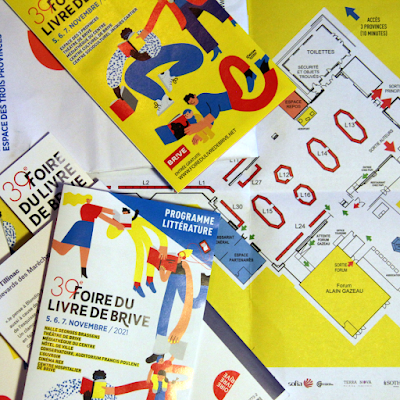 |
| Table mountain of Turenne. |
 |
| Map of Turenne. |
 |
| Turenne seen from the castle. |
 |
| View from Caesar's tower. |
 |
| Port de la ville. |
At La Min-sú de Terrasson, we assist travellers to organise itineraries, offering multi-language guidance to non-driving guests to savour the best of our castle-strewn riverlands and mesmerising prehistoric cave paintings. We offer you access to capture this rich cultural and historical heritage.
Our website: www.laminsudeterrasson.com
 |
| Table mountain of Turenne. |
 |
| Map of Turenne. |
 |
| Turenne seen from the castle. |
 |
| View from Caesar's tower. |
 |
| Port de la ville. |
The posters,bookmarks and leaflets were reprinted, the stickers had a whiff of ‘country’ this year. ‘ Ce qui nous unit tous les cinq n’est...
